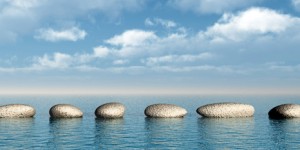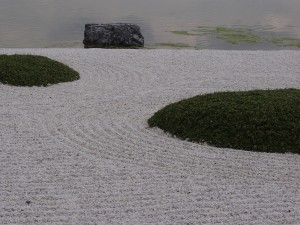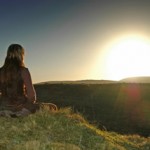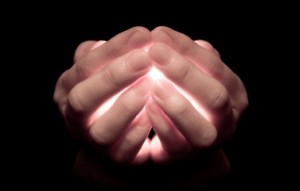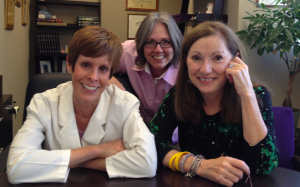
(L-R): Dr. Deanna Attai, Alicia Staley and Jody Schoger
It’s easy to second guess yourself, to doubt if your idea will work, if anyone will be interested or even care. Sometimes you need a little faith.
I first met Jody in college through a mutual friend. We were all public relations majors at Kent State University. Right away I noticed – and appreciated – her intelligence and refreshing sense of humor. We would see each other on campus, at parties or other events. I never really knew her well, rather, I kept up to date on what was happening in her life through our mutual friend.
After college, Jody and her husband moved a few times, and they finally landed in the Houston area while I remained in Ohio. About a decade ago, we reconnected through LinkedIn. Every once in a while we would share an email or private message to stay in touch. I am so very appreciative of social media, because it allows us to remain current with our network of contacts.
Four years ago, when I knew I was traveling to Houston for business, I contacted Jody to see if we could meet for coffee. We met at the airport a few hours before my plane’s departure. I can honestly say, of all the years I knew Jody, that one conversation was the best we ever shared because we were focused on each other, with no distractions. That’s when she shared with me what she was doing with her life.
As a breast cancer survivor (Jody was in remission when we met for coffee), she began looking at social media as a way to reach other survivors. Through Twitter, Jody connected with Alicia Staley, another breast cancer survivor, who became a collaborator. On July 4, 2011, they hosted their first live tweet chat for breast cancer survivors. That initial tweet chat has grown into a standing weekly chat, helping survivors around the world. Soon, Dr. Deanna Attai, a breast cancer surgeon, would join in on the conversations as co-moderator. The three created a dynamic team, which resulted in The Breast Cancer Social Media (BCSM) community; #BCSM on Twitter. The BCSM community is comprised of patients, caregivers, physicians, researchers, and advocates. While you are celebrating Fourth of July festivities, take a moment to celebrate BCSM’s fifth anniversary on that day!
Here’s the one big idea: To use social media to reach breast cancer survivors with evidence-based education and support. As a public relations professional and gifted writer, Jody began researching and writing articles of interest to women and men who were going through the experiences of surgery, treatment, or remission. Beyond the weekly Tweet chats, BCSM developed into an amazing online community, reminding breast cancer survivors that they were not alone and that their voices were being heard. Jody and her colleagues delivered presentations at medical conferences.
Shortly after we met for that cup of coffee, Jody’s cancer returned. Through it all, she continued to write, post, and share valuable information and anecdotal content about the disease. Her battle with cancer finally ended on May 18. She is now at peace. USA Today contributor Liz Szabo captured Jody’s essence in a beautiful tribute.
What a tremendous gift Jody gave to women and men around the globe. Her legacy of education and support lives on. Because of BCSM, breast cancer survivors receive comprehensive information and the love and support they need to manage the disease. And it all began with one question, one idea, that led to a collaborative, caring online community that is transforming lives.
Jody’s persistent work reminds us of one important message: Don’t ever underestimate the power that you possess…to bring your voice to the world.




